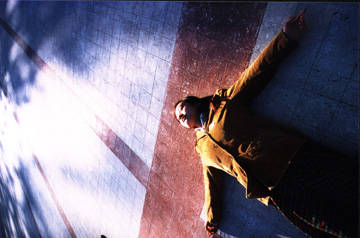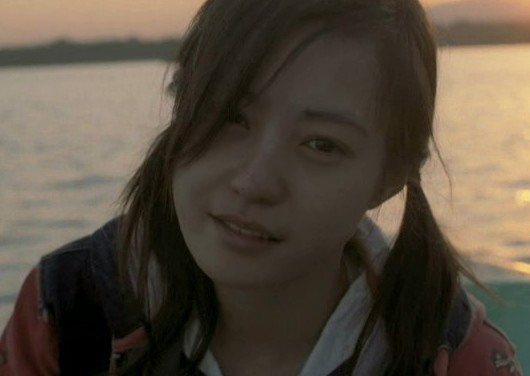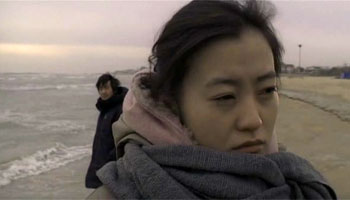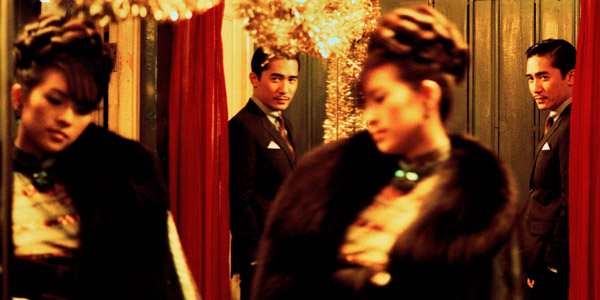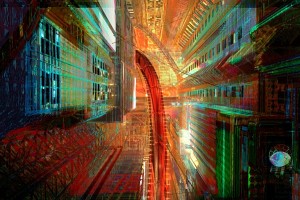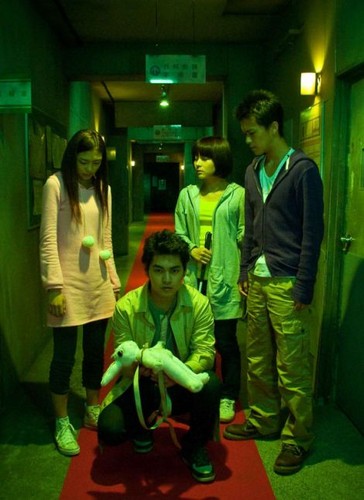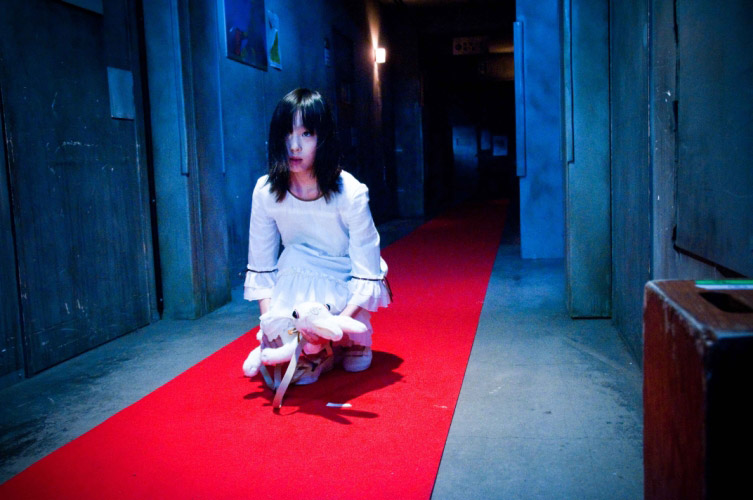Lou Ye is one of the most controversial filmmakers from mainland China. His films deal with topics that are taboo to portray in Chinese films—homosexuality, political radicalism, and, most of all, the realistic portrayal of sex. The latter two of these forbidden subject matters are covered in Lou Ye’s 2006 film Summer Palace, and the topic of same sex relationships is portrayed in Lou Ye’s 2009 film Spring Fever, which won the Prix du scenario award at the Cannes Film Festival. As a result of Summer Palace’s politically tinged portrayal of the Tiananmen Square protests, Lou Ye was banned from filmmaking in China for five years.
Like Philip Kaufman’s The Unbearable Lightness of Being, Lou Ye’s Summer’s Palace is an incisive and heartbreaking portrait of how the hopes and dreams of an entire generation were shattered by a major political event. The Tiananmen Square protests of 1989 were a mass protest of Chinese college students against the government to advocate for democracy. The protests ended with a military backed crackdown by the government, which led to the deaths of many students.
Although it does deal with the events at Tiananmen Square, Summer Palace is more of a personal story about a woman’s growth in China from the late 1980s through the 1990s. The story follows Yu Hong (played by Hao Lei), a troubled young woman who experiments with sexual and political liberation as a student at the prestigious Beijing University. While in college, she meets and falls in love with Zhou Wei (played by Guo Xiaodong), who becomes her college boyfriend and lifelong love interest. She also befriends Li Ti (played by Hu Lingling), a free thinking woman.
There is a clear divide in Summer Palace between the college years, which are portrayed in a romantic, optimistic light, and the years after the Tiananmen Square protests, an event which seems to shatter Chinese society and also the lives of three central characters. Many of the scenes during the college years are shot against the warm glow of the sun or filtered through a bright haze, symbolizing the idealism and promise of youth.
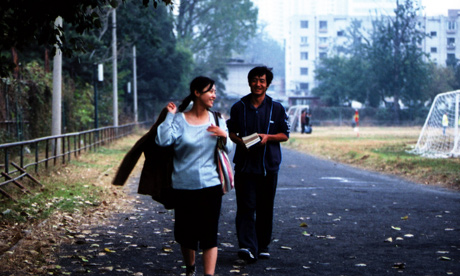
These early scenes are all about Yu Hong liberating herself from societal boundaries. Her friend Li Ti introduces her to the pleasures of smoking and drinking. She talks politics with her friends, discussing the possibility of a democratic society free from government restraints. She falls in love with and has a brief, but passionate sexual relationship with Zhou Wei.
However, at the same time that Yu Hong is attempting to experience a fully liberated life, we discover through the many interior monologue scenes that she ultimately feels a deep sense of existential dread and isolation from the world at large.
This inescapable sense of alienation culminates in Yu Hong dropping out of college, both as a result of her participation in the ill-fated Tiananmen Square protests, and her increased dissatisfaction with her relationship with Zhou Wei.
After the Tiananmen Square protests, the scenes in Summer Palace are filmed in a colder, harsher light. The three main characters drift apart and continuously struggle to find ways to connect with themselves and others. Li Ti and Zhou Wei consummate a relationship with each other, and end up moving together to Germany, where their relationship starts to deteriorate. Yu Hong has problems fitting in with the wider society, both at work and in her personal life. The idealism of youth and the promise for a bright future have been shattered.
Lou Ye is portraying an entire generation that feels lost and adrift, one which cannot satisfactorily fit into the expected roles of marriage, love, and career. He seems to imply that this generational malaise was always inherent within Chinese society, but it didn’t take root until the disastrous Tiananmen Square protests.
Although Lou Ye did have a script for Summer Palace, he used it mostly as a reference point for most of the filming. Like Jean Luc-Godard and his contemporaries during the French New Wave era, Lou Ye abandoned the traditional constraints of the written script, and gave his actors the freedom to improvise and come up with their own lines and interactions.
As a result, the acting in Summer Palace feels naturalistic and authentic, free from the artificiality and theatricality of more method approaches to acting. This filmmaking technique reflects the central theme of Summer Palace—that of the liberating power of a life lived away from restraints and constricting rules.
Indeed, the only post-Tiananmen Square scene in the film in which any of the characters reveal contentment occurs when Li Ti and Zhou Wei are casually walking through a square in Berlin, watching street performers, vagabonds, and various other outcasts from society freely expressing themselves.
